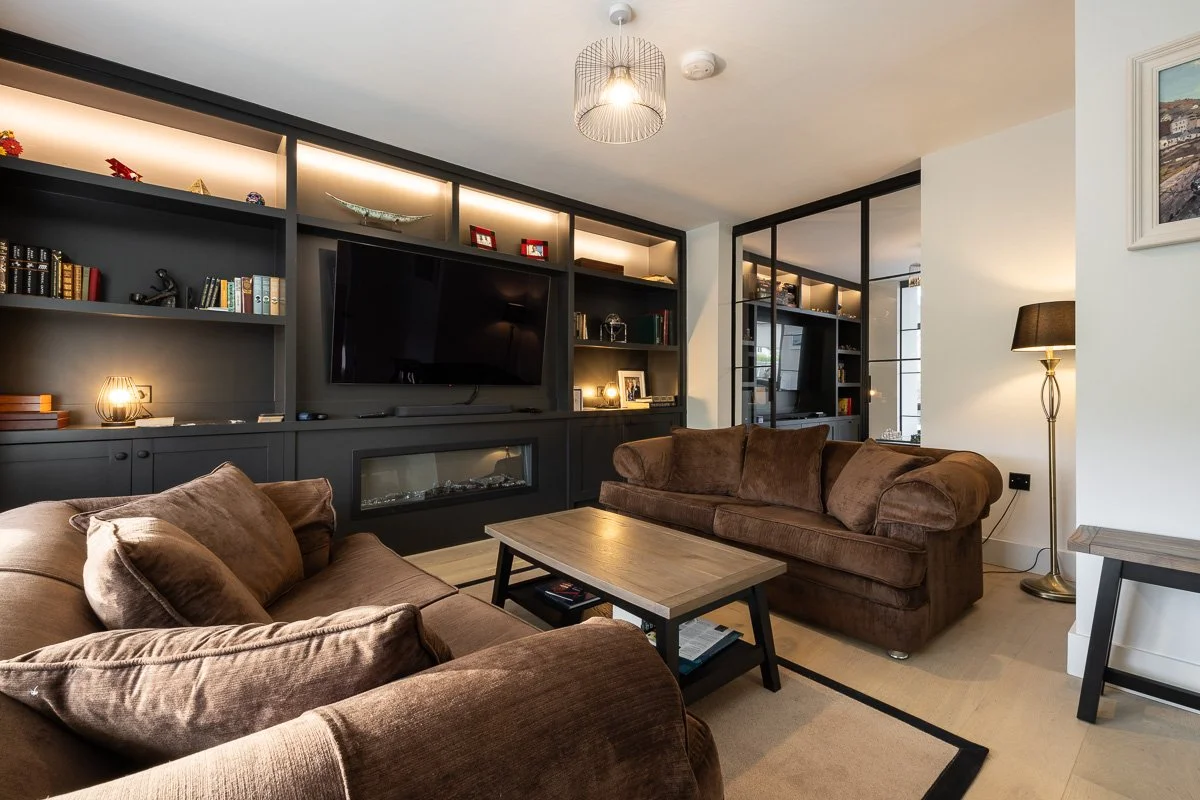
Sustainability Love.
Under-Rated?
Upgrading Your BER.
Would you like to spend less on energy bills every month and be more comfortable in your home?
Let’s start with the basics. A Building Energy Rating (BER) is a rating of the projected energy use for a dwelling based on a number of factors such as heating source, insulation and envelope performance among others. The higher the rating, the lower the projected energy use, with A1 top of the pile.
Every project I undertake involves at least an element of energy upgrade improvements if not a total house-wide overhaul. If you are undertaking an extension, alterations or general improvement works you would be mad not to consider also upgrading the energy efficiency and resilience of your home. Sometimes the invisible work of energy performance feels unsexy but will yield impressive results. Apart from the very obvious environmental advantages, you will immediately feel the benefits in your pocket.
Knocknashee, Goatsotwn — A Project Completed by Architexture.
Knocknashee, Goatstown —
A Case Study
A detached two-storey dwelling, this 1960’s house in Goatstown had an as-found BER rating of a lowly G, the poorest rating possible. A fabric-first approach was taken to the retrofit meaning the performance of the building fabric was prioritised before the addition of sustainable kit.
Draughty suspended timber ground floors were replaced with insulated concrete (which allowed us to include a polished concrete finish internally);
walls were externally insulated;
windows were replaced with thermally broken triple glazing and all windows were sealed back to blockwork with air-tightness tape.
the attic was converted and super-insulated.
This was the back-bone of the retrofit resulting in a high-performance building envelope but was complemented by some modern technologies:
An air-to-water heat pump was installed which serves underfloor heating. No radiators in an open plan space with lots of glazed walls is always a good result!
An array of photovoltaic (PV) solar panels were installed to the south-facing front roof pitch with batteries located in the attic capable of storing the energy generated until required for use.


